The Guide / Barcelona
Escapes
Pedralbes
Barcelona is beloved for its bustle – but few places evoke a sense of peace better than this neighbourhood.
Nestled in the northwest corner of Barcelona, Pedralbes exudes a serene elegance that invites leisurely exploration. This upscale neighbourhood, with its leafy avenues and stately homes, provides a tranquil escape from the city’s bustling core. Start your wander at the Royal Palace of Pedralbes – the former official residence of the Spanish royal family during their visits to Barcelona – which is surrounded by gardens featuring the Gaudí-designed Fountain of Hercules.
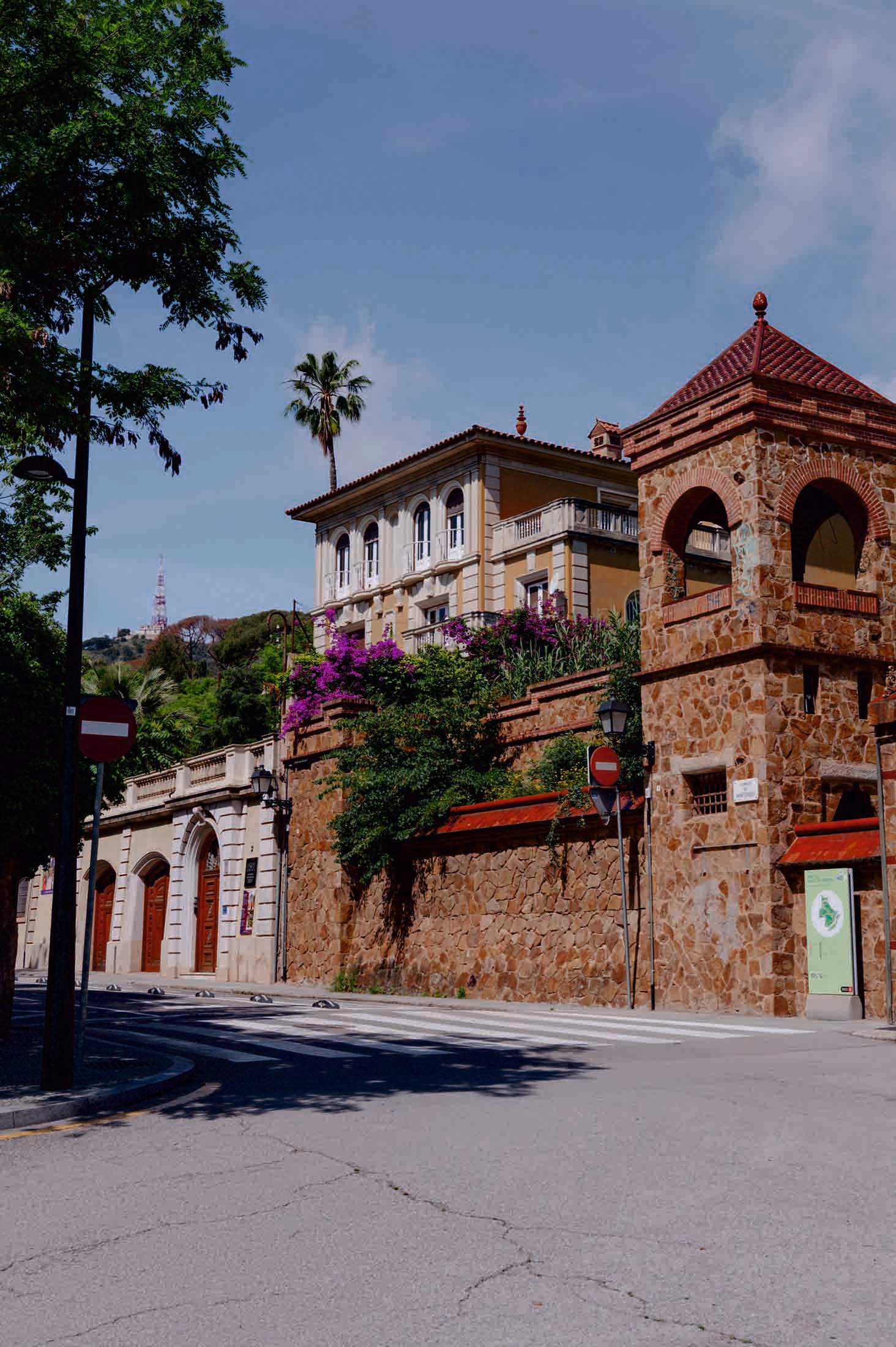
A short stroll will lead you to the Monastery of Pedralbes, founded in the 14th century and home to the Poor Clare Order until 1983. This architectural gem is one of the finest examples of the Catalan gothic style and its cloister features a medicinal garden meticulously recreated to reflect the herbal remedies used in the Middle Ages. Continue up the hill to Parc del Castell de l’Oreneta, a park situated below the Collserola hill and named after a castle built by one of Barcelona’s wealthiest families. You’ll also find a miniature steam train for children winding through the park.
After a long walk, treat yourself to a relaxed meal at Jardí de l’Abadessa, a secluded restaurant with an extensive terrace and garden. Or head to local favourite Bistró Mató, which pairs a cosy atmosphere with Mediterranean classics made with regional produce.
Platja d’Ocata
A short train journey north of the city, you’ll find a beach town that’s perfectly attuned to urbanites in need of R&R.
Sprawling out along the golden sands north of Barcelona is El Masnou, a pretty seaside town made up of what was once a string of fishing villages. Today it’s a relaxing beach destination beloved by urbanites in search of respite from the rush of the Catalan capital. It’s within easy reach of the city – a scenic 30-minute train ride along the waterfront will whisk you to the town’s two stations, El Masnou and Ocata. The latter is flanked by a pristine shorefront dotted with beach volleyball courts and traditional chringuito beach bars serving crisp calamari, hearty bowls of paella and ice-cold beers.
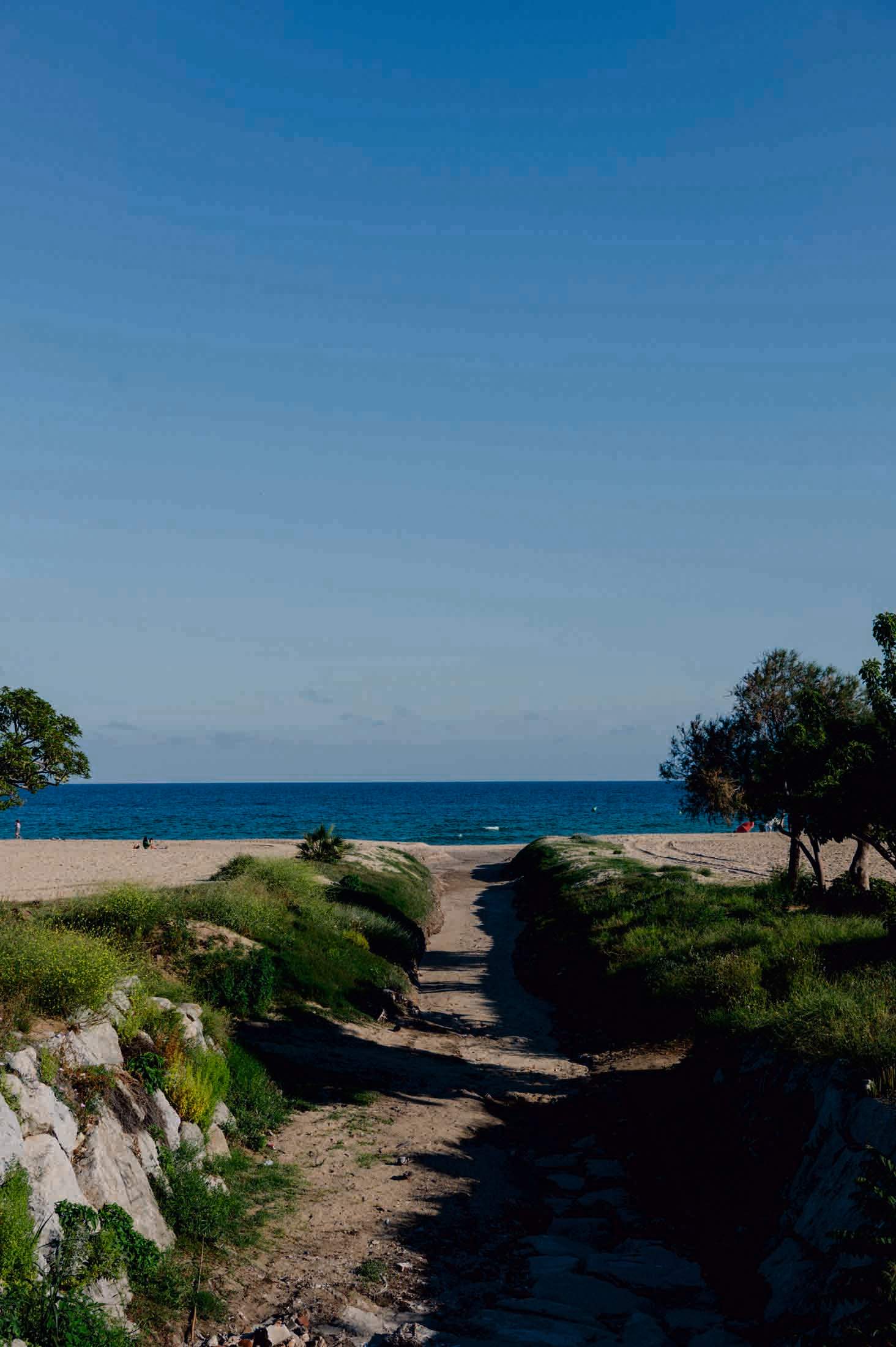
On the other side of the station is El Mas Vell, a 14th-century farmhouse that was given a makeover in the ornate, art nouveau style by legendary Spanish architect Bonaventura Bassegoda when it was transformed into a casino in the early 1900s. In 2021 it was reborn once again, this time as a restaurant-cum-brewery envisioned by Italian architect and interior designer Stefano Colli. There’s a leafy terrace where visitors can sit in the shade of towering plane trees and sample the citrus-infused homemade IPA or robust Boston lager. There’s also a charcoal oven turning out plates of mandarin-glazed salmon, grilled cajun chicken and roasted sea bass with green chilli salsa.
Montserrat
Known for its monastery, this mountain offers more than solitude.
Perched on a ledge that juts precariously from the face of Montserrat mountain is the Benedictine monastery of Santa Maria de Montserrat. It dates back to the ninth century, when a group of Benedictine monks in search of solitude established this remote, vertiginous location. Most of the buildings that can be seen today, however, date from the late 19th century, when the complex was rebuilt in the lavish Catalan art nouveau style after the original structures were destroyed during the Peninsular War, which ended in 1814.

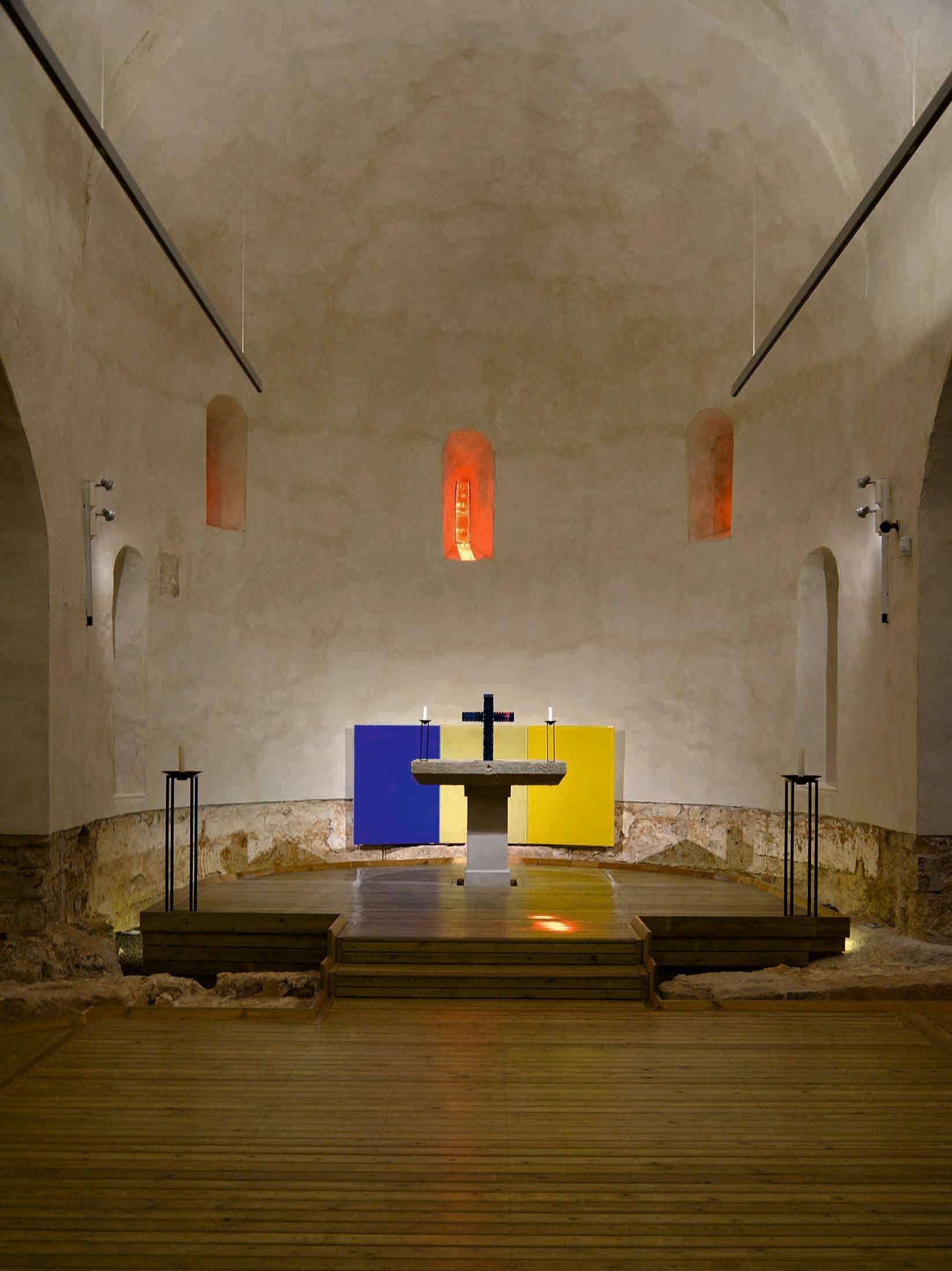
The monastery is within easy reach of Barcelona – an hourlong train journey takes visitors from Plaça d’Espanya to the foot of the mountain, where they can be whisked up to the monastery in the Saint Joan Funicular. Once here, visitors can explore the complex of serene cloisters, ornately decorated chapels and La Moreneta (“The Black Madonna”), a 12th-century wooden sculpture that is one of Spain’s most revered icons.
It’s not just spiritual significance that brings visitors up the mountain. Montserrat offers a network of hiking trails that meander through the lofty landscape. These trails range from gentle walks to challenging climbs, each offering stunning panoramic views across Catalonia. A 20-minute drive will take explorers to Món Sant Benet, another monastery with 1,000 years of history that hosts the innovative gastronomic research centre Fundació Alícia within its ecclesiastical compound.
Oller del Mas
With its 22 well-appointed cabins, this winery and boutique hotel has everything that you need for a wild city escape.
The medieval castle and surrounding land that make up Oller del Mas have been owned by the same family for 37 generations. There’s a long history of wine being produced on these grounds but, after the 19th-century phylloxera epidemic wiped out all the crops, production ground to a halt. It wasn’t until 2003 that the family began selling their wines again. Today they produce about 140,000 bottles of full-bodied reds, crisp whites and fruity rosés every year. Visitors can drop by for tours and tastings, as well as to check out in-house restaurant Bages964. Head chef Alex Portales showcases his refined take on traditional Catalan cuisine with a menu that consists mainly of locally sourced seasonal produce, with dishes such as wild boar with roast pumpkin and grilled sirloin with creamy celeriac.

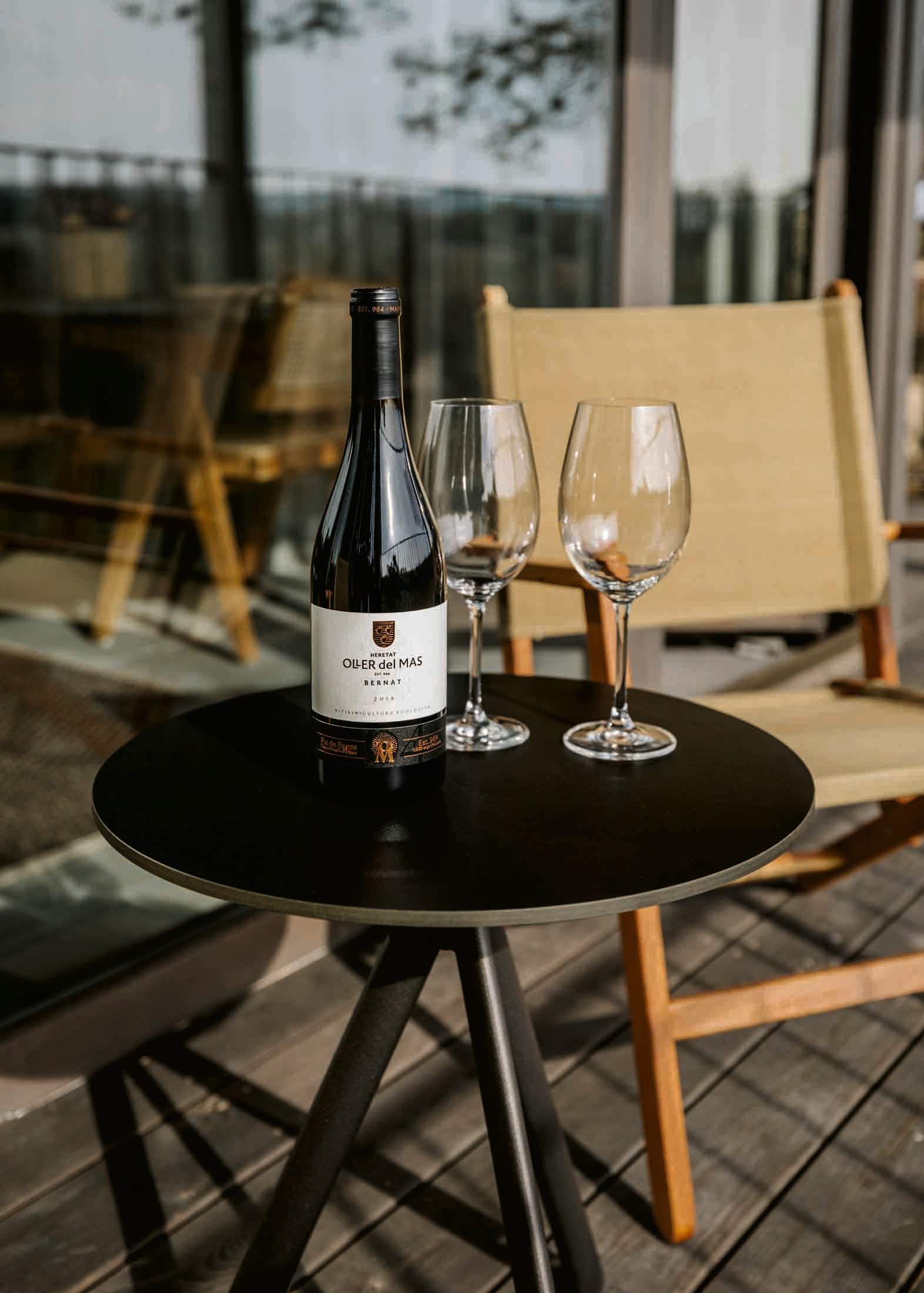
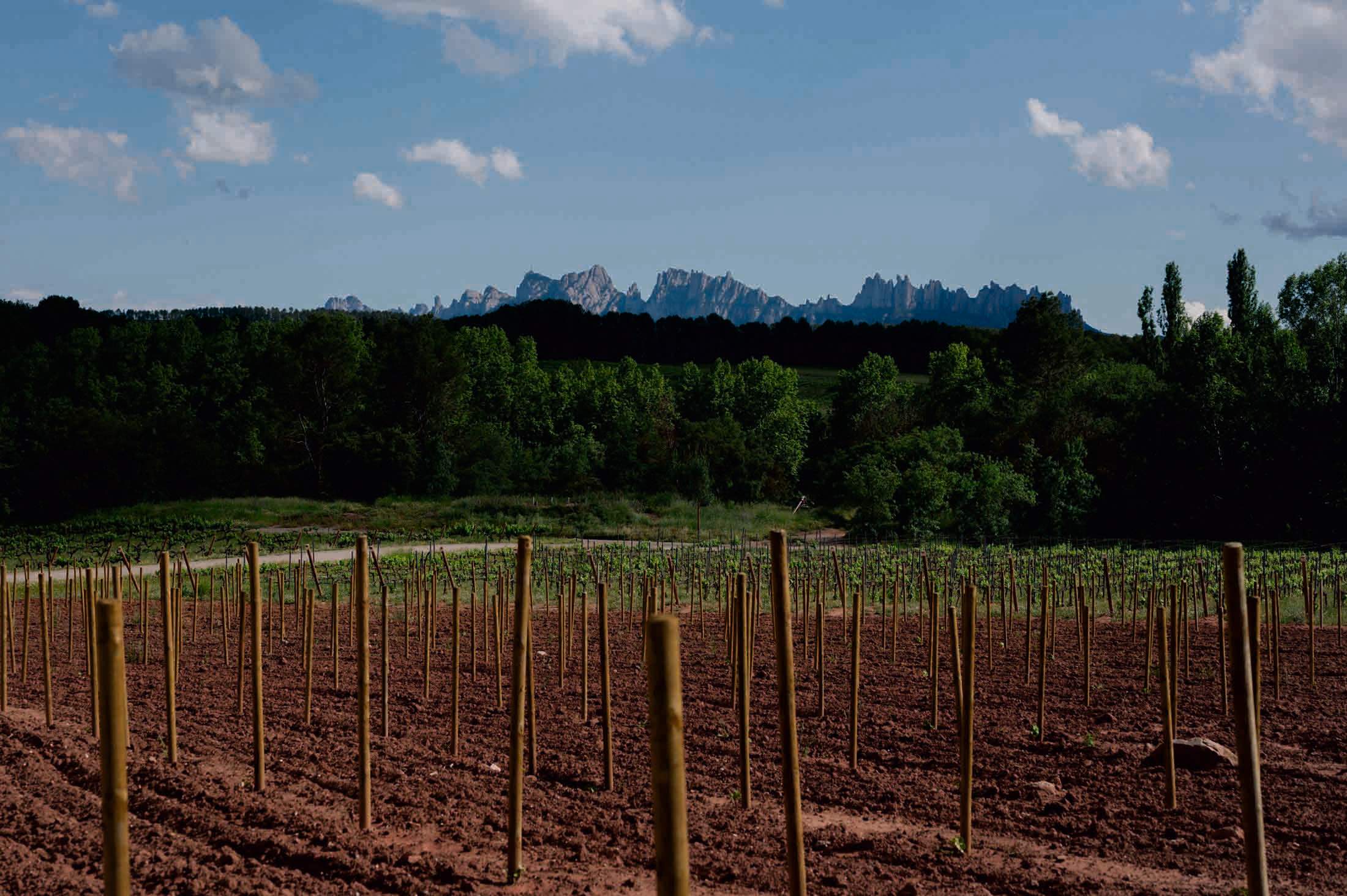
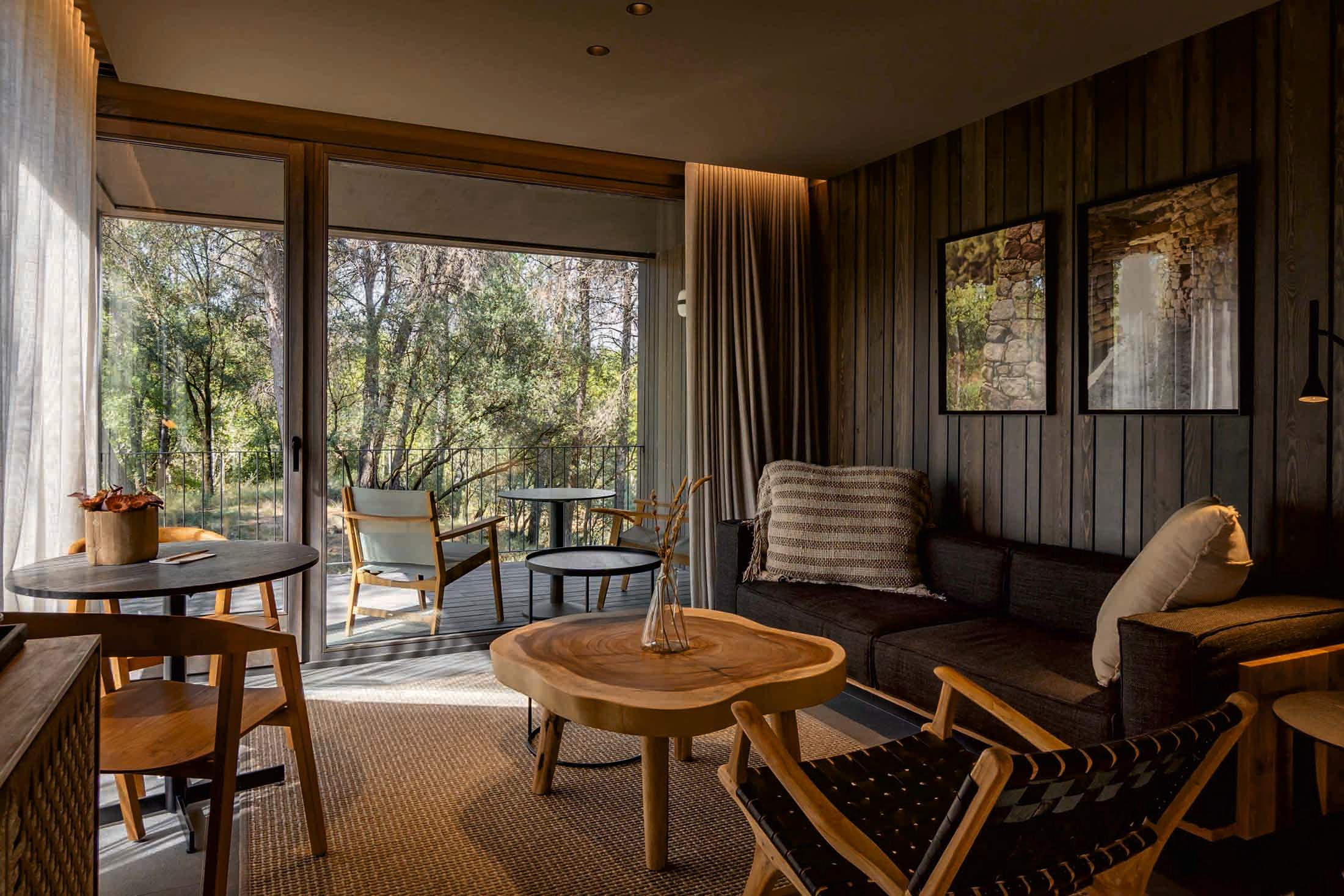
Four years ago, Oller del Mas ushered in a new era when it opened a series of 22 wooden cabins in a forested glade adjoining the vineyards. Each of the structures has been stylishly decorated in muted tones by Barcelona-based design studio Borrós Interiorisme and feature a private oak-tree-shaded terrace. Some even have wooden Nordic hot tubs from which guests can enjoy views over the vineyards and peaks of the Montserrat mountain range beyond.
ollerdelmas.com
Winery round-up
Trips for wine enthusiasts to savour – from avant-garde vinology to storied vineyards.
Just a short trip from Barcelona, El Penedès is an ideal destination for wine enthusiasts. The Catalan region, with its rolling vineyards and charming villages, offers an authentic taste of the area’s rich wine heritage, particularly when it comes to sparkling wine – about 95 per cent of all cava is produced in the area. Aside from major producers such as Codorniu, Freixenet and Familia Torres, several wineries offer tours of their age-old cellars and vineyards.
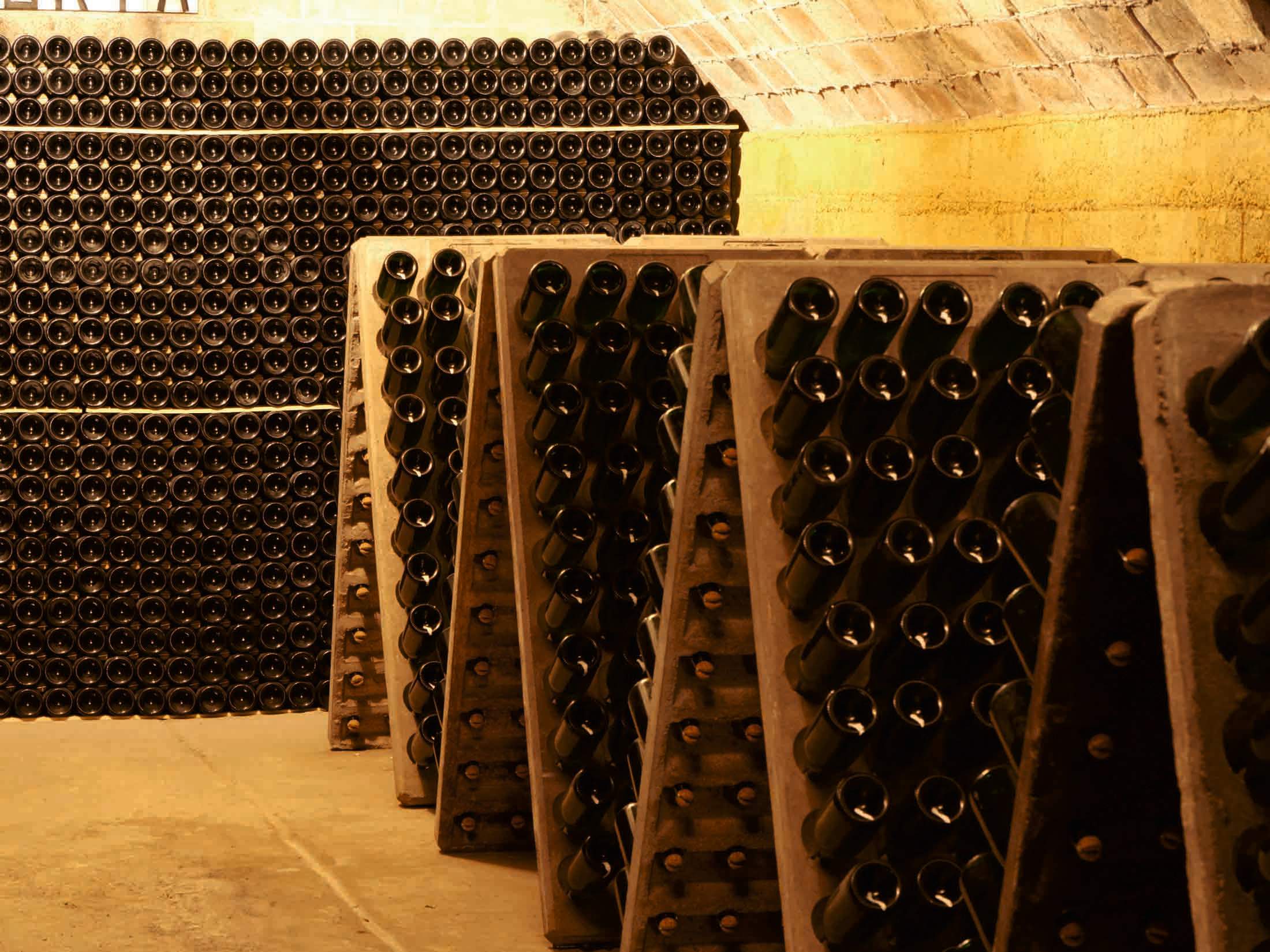
Located on a 20-hectare estate boasting magnificent views of the Montserrat mountains, Caves Vilarnau is an avant garde winery that combines contemporary style with a noble past. The Vilarnau name dates back to the 12th century and the first cava was produced here in 1949. Now part of the González Byass family, it is housed in a modern building designed by Luis González and features rainwater-bordered buildings and expansive glass windows. Inside, renowned artist Antoni Miró has created a warm, inviting atmosphere.
A short drive away is the Gramona winery, which dates back to 1881. Now run by its fifth generation of winemakers, it is renowned for its long-aged cava and commitment to organic and biodynamic practices. The Reserva and Enoteca labels, in particular, showcase the depth and refinement that make Gramona a leader in the world of cava. Visitors can tour the family owned estate on horseback before sampling some bubbly, followed by a meal at in-house restaurant Celler Batlle.
Platja del Garraf
A quick hop down the coast will take you to this historic haven of simple pleasures.
Many sand-seekers who want to avoid the busy metropolitan beaches make the short journey south to the picturesque Platja del Garraf. Just 30km from Barcelona, this coastal idyll is sandwiched between the waves and the towering backdrop of the Garraf Massif mountain range. Once a sleepy fishing village that housed port and quarry workers, it still boasts 33 white and green casetas (fisherman’s huts) on its shoreline, each containing almost a century of history. Once places to store boat utensils, today they are protected by a local residents’ association. Some have been converted into well-appointed refuges to relax inside, sheltered from the sun.

In recent years, Garraf has experienced an uptick of interest, especially after Soho House acquired the 1950s art deco-style building in the centre of the cove and opened Little Beach House Barcelona in 2019. This stretch of coast shines as a microcosm of Barcelona’s simple pleasures. Eateries such as La Cúpula Garraf, perched on the rocks, offer the perfect vantage point to tuck in to fresh seafood while the air, sun and aquamarine waters of the Med balm the soul. There’s even a little Gaudí to add a dose of cultural escapism to the afternoon. Eusebio Güell commissioned Antoni Gaudí to design a hunting lodge and winery here in 1895. Built in collaboration with Francesc Berneguer, today the Celler Güell survives as a restaurant and exhibition space.


